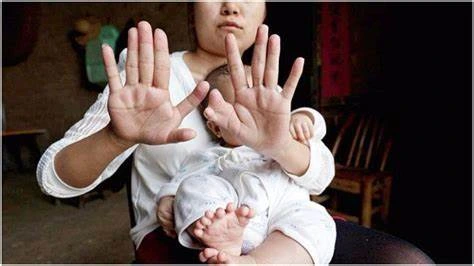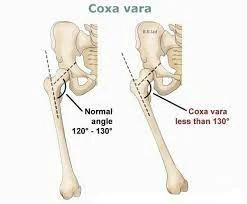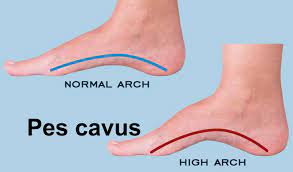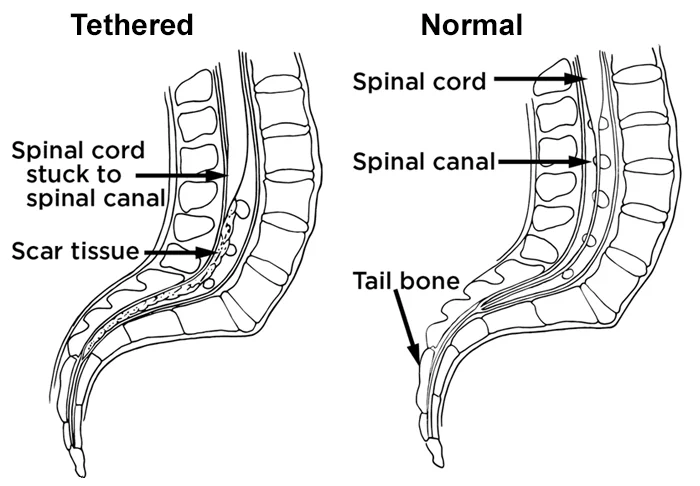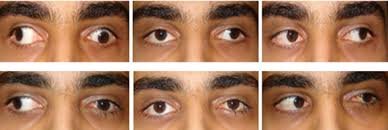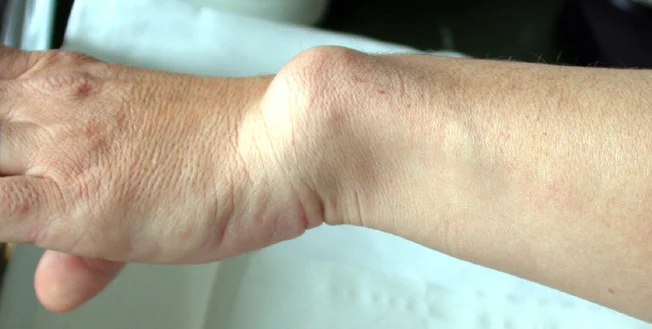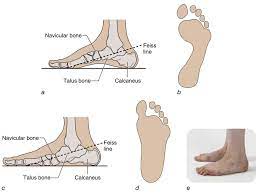Coxa Valga
What is a Coxa Valga? Coxa valga is a condition that affects the hip joint. It is characterized by an increase in the angle between the femoral neck (the part of the thigh bone that connects to the ball-shaped head of the femur) and the shaft of the femur. In simple terms, it means that…

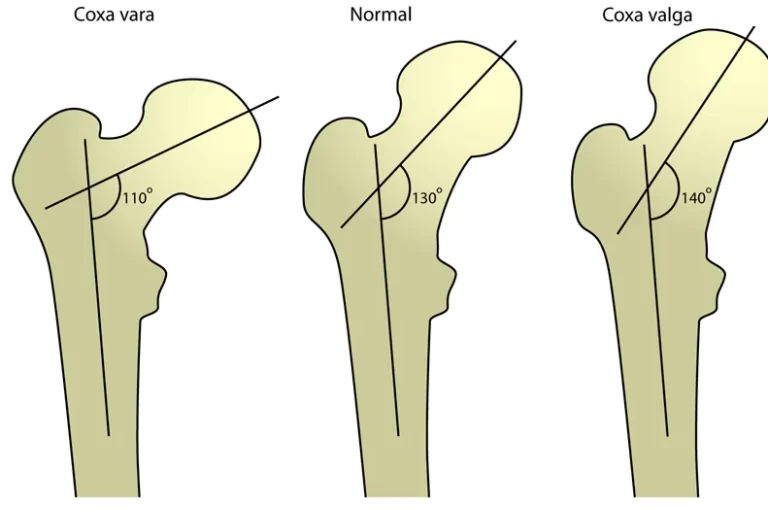
![Adolescent Hip Dysplasia [AHD]](https://samarpanphysioclinic.com/wp-content/uploads/2023/04/a00710f01-1.webp)
